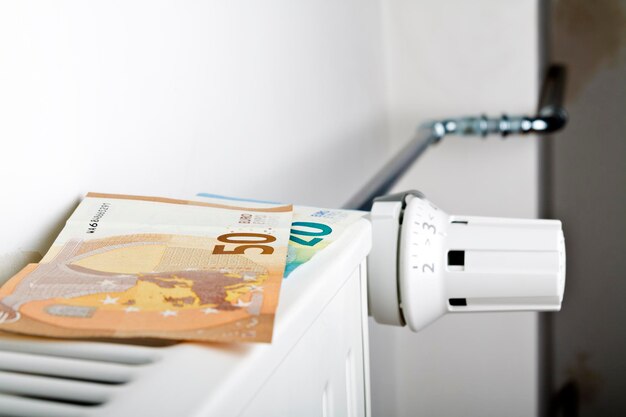What to Expect When Budgeting Utilities for Your Apartment
Finding the perfect apartment is a significant milestone, but understanding how much utilities will cost can be a bit puzzling. Utility costs vary depending on several factors, including location, building type, the number of roommates, and personal habits. Let's dive into what you can expect when planning for these expenses and provide insights into additional resources that can ease financial pressure.
Breaking Down Typical Utility Costs
Electricity: For most, electricity is a significant part of the monthly utility bill. Typical costs range from $30 to $100 per month, depending on appliances, energy usage, and the number of occupants.
Water and Sewer: Often bundled together, these can cost anywhere from $20 to $60 a month. Apartments with in-unit laundry might see a slight increase in these costs.
Gas: For those with gas heating or appliances, the average monthly bill can be between $10 to $50. This varies widely based on geography and climate, as colder areas may see a spike in winter months.
Trash and Recycling: Many apartment leases incorporate trash removal fees, ranging from $10 to $30 monthly.
Internet and Cable: Depending on your package, expect to spend about $40 to $100 each month. Many find themselves opting solely for internet services in lieu of cable.
Factors Affecting Utility Costs
The age of the building, energy efficiency, and personal usage patterns greatly influence utility expenses. Apartments featuring energy-efficient appliances or smart thermostats typically boast lower bills, providing long-term cost benefits despite slightly higher rent.
Location: Urban apartments may include utilities, requiring a higher base rent, while suburban areas might require tenants to manage their own utility accounts.
Practical Tips for Reducing Utility Costs
- Use Energy-Efficient Bulbs: Swap out incandescent bulbs for LEDs to lower electric bills.
- Unplug Devices: Turn off and unplug electronics when not in use to prevent energy vampires.
- Regulate Thermostat Use: Utilize programmable thermostats to manage heating and cooling efficiently.
- Water-saving Fixtures: Install low-flow showerheads and faucets to conserve water.
Exploring Financial Resources and Aid
Utility costs can add up, especially when you're just getting started or facing financial hardships. Thankfully, several programs and solutions exist to ease this burden.
- Low Income Home Energy Assistance Program (LIHEAP): 🤲 Assists low-income households with heating and cooling energy costs.
- Local Government Aid Programs: 🏢 Check with local county offices for aid specific to utilities.
- Budget Billing Plans: 🗓️ Many utility companies offer equalized billing based on annual usage, allowing predictable payments.
- Energy Assistance from Nonprofits: 💓 Numerous nonprofits offer temporary relief or grants for utility bills.
Additional Considerations: Managing your finances effectively extends beyond understanding utility costs. Consider exploring credit card solutions for managing short-term expenses and building your credit score. Alternatively, educational grants can free up resources typically spent on needed skills training or higher education.
Considering the wide array of financial assistance programs can significantly ease the cost of utilities, allowing you to allocate more towards achieving your personal and financial goals.
Financial Assistance Programs at a Glance
- LIHEAP: 🤲 Energy assistance for low-income households.
- Budget Billing Plans: 🗓️ Equalized monthly payments for utility bills.
- Local Aid Programs: 🏢 Check city or county resources.
- Nonprofit Energy Assistance: 💓 Short-term utility relief.
Understanding and anticipating utility costs fosters greater financial awareness and peace of mind. With strategic planning and the proper resources, maintaining balance in your living expenses is well within reach.
